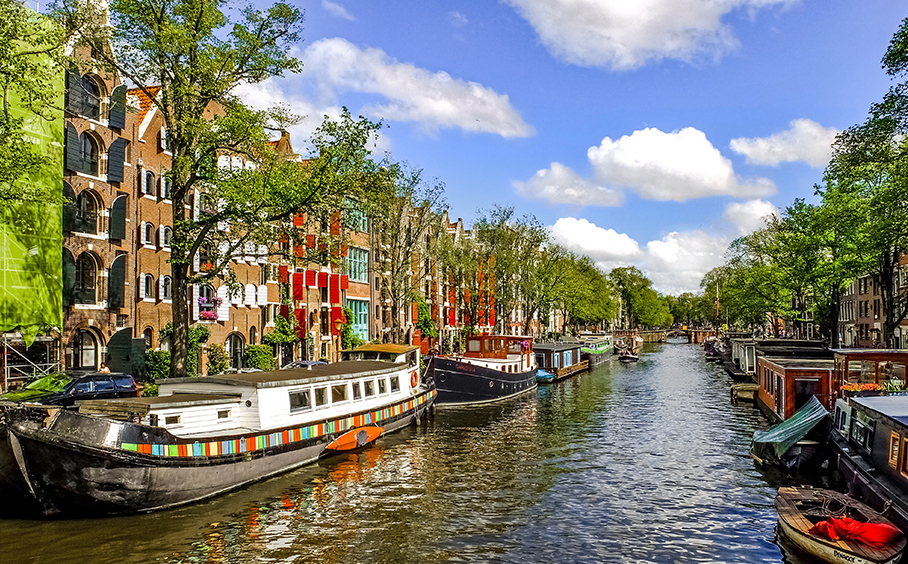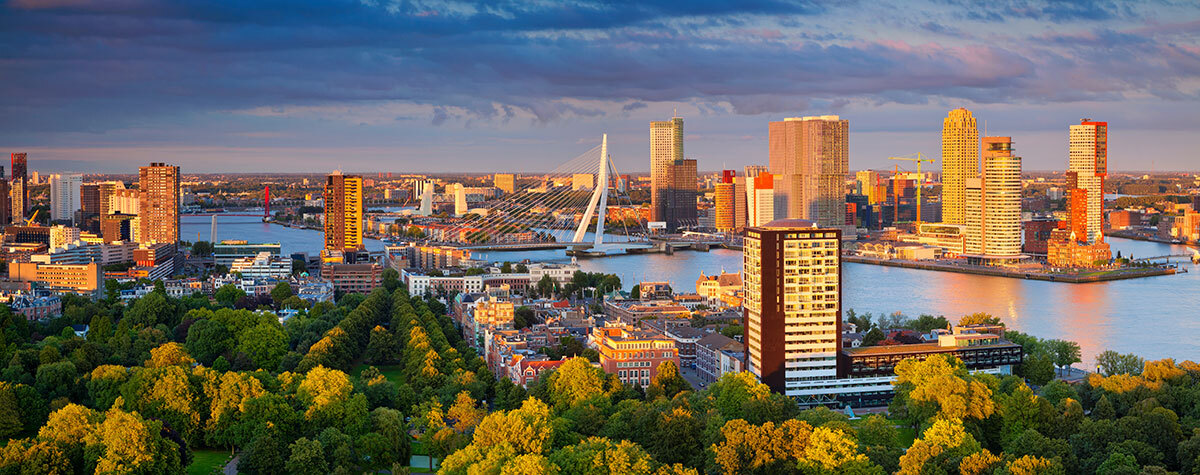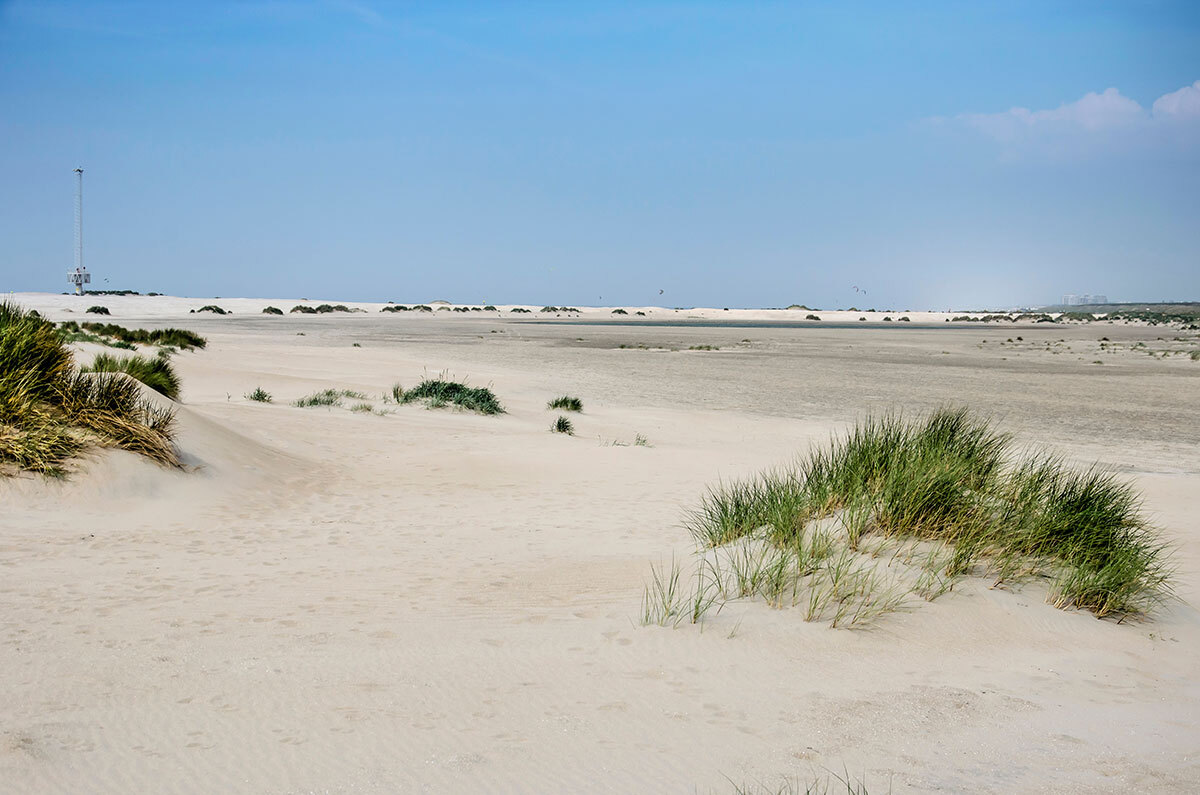
by djedj via Pixabay
Issue
Frequent flooding in low-lying urban deltas has been a major concern for the city
Solution
Work is done to enhance resilience to urban flood and improve livability, shifting from grey to green infrastructure, and investing in green spaces
The world’s most beautiful canal city faces disaster risks
Amsterdam is a city that lies below sea level, and the territory of the city extends from the Dutch river deltas to nature conservation areas, which are also part of the cultural and natural heritage of the city. Water-related hazards are an imminent threat to the city, which has intensified due to population growth and the large number of tourists visiting the city over the last few years.
The 2010 city-region plan ‘Structural Vision: Amsterdam 2040’, seeks to fulfill the vision of a creative and varied city, with features such as an integrated public transport network, high-quality urban living, and investment in recreational green spaces, water, and renewable energies. In particular, this vision aims to increase the resilience against climate-induced water-related hazards, such as floods and storm surges, particularly through adopting Nature-based Solutions (NbS) and green infrastructure.

by Swaasfotografie via Pixabay
City in a Harmony with Nature
As a part of the strategy, the Green Agenda under the Structural Vision: Amsterdam 2040, pledged about EUR 20 million in green projects over the period 2015-2018 through Green Funds. The Agenda particularly focused on city parks and set some specific targets, including 15 new green play areas, 50,000m² of green roof installations, 20 new pocket-sized parks, and solutions for 80 ecological bottlenecks. It also envisaged that the addition of 50,000m² to the already existing 150,000m² of green roofs by 2018. In addition, planting roadside trees are encouraged.
Enhancing urban green spaces is expected to bring multi-dimensional benefits, including the physical and psychological well-being of the city residents. However, the practical knowledge needed to implement NbS in cities requires further research. The city takes active inputs from several research projects (Green Surge, Climate-ADAPT, and Sea Change).
Location




